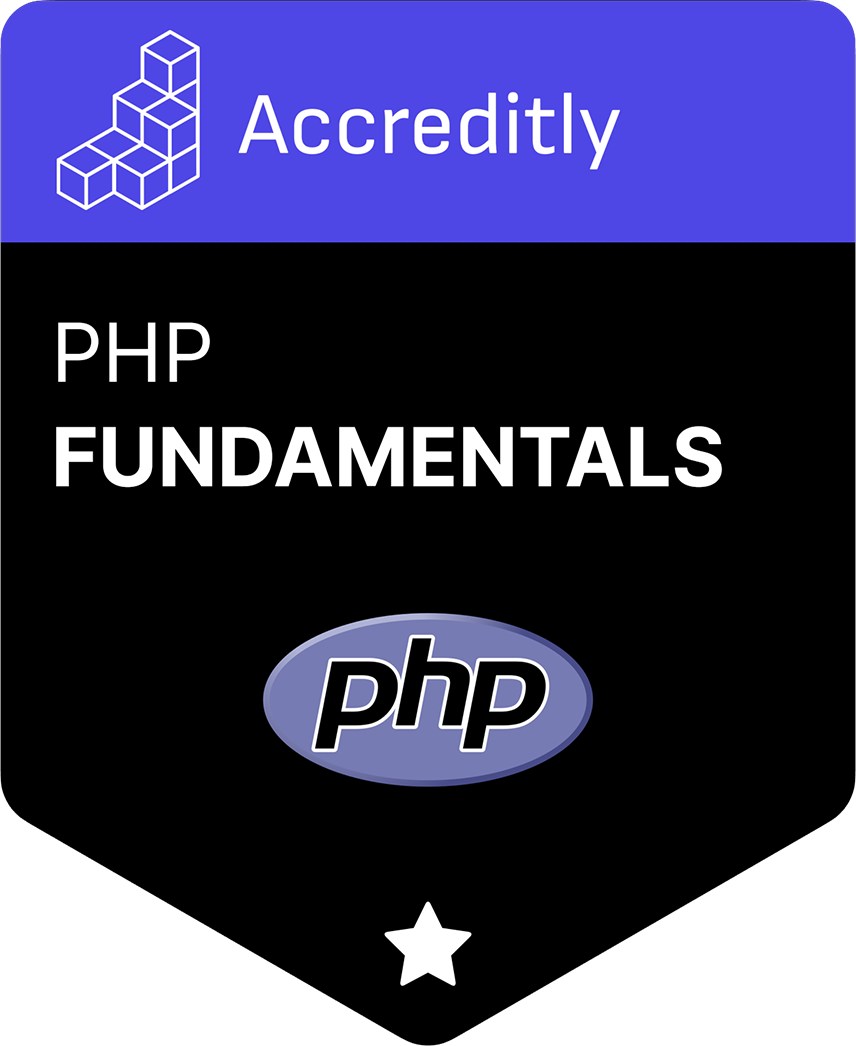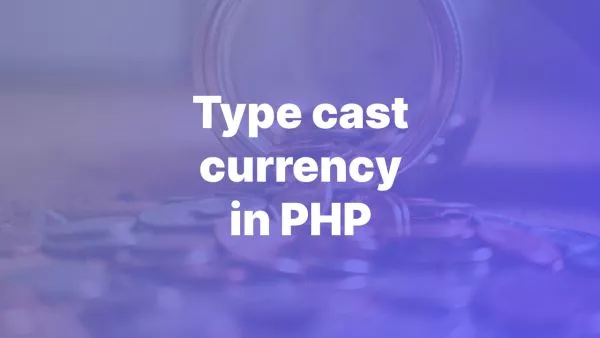- Prerequisites
- Step 1: Setup Your Laravel Project
- Step 2: Create Docker Compose File
- Step 3: Configure Nginx
- Step 4: Build and Run Containers
- Step 5: Configure the Laravel Application
- Summary
Running a Laravel application with Nginx and MySQL typically involves multiple steps of installation and configuration. Utilizing Docker Compose alleviates these pains by automating the setup, allowing you to bundle all components into isolated containers. This article walks you through the process of setting up a Laravel project with Nginx and MySQL using Docker Compose on Ubuntu 20.04.
Prerequisites
- Ubuntu 20.04 installed on your machine.
- Docker and Docker Compose installed. If not, refer to the official Docker installation guide.
- Basic understanding of Docker, Laravel, Nginx, and MySQL.
Step 1: Setup Your Laravel Project
- Create a new Laravel project, or navigate to your existing project directory.
laravel new myproject
cd myproject
Step 2: Create Docker Compose File
- In the project root, create a
docker-compose.ymlfile. - Define the services -
nginx,mysql, andapp(Laravel).
version: '3'
services:
nginx:
image: nginx:stable-alpine
...
mysql:
image: mysql:5.7
...
app:
image: php:7.4-fpm
Step 3: Configure Nginx
- Create an
nginxfolder in the project root. - Inside the
nginxfolder, create adefault.conffile to configure the Nginx server block.
server {
listen 80;
index index.php index.html;
root /var/www/html/public;
...
}
Step 4: Build and Run Containers
- Run the following command in the project root to start the containers:
docker-compose up -d
Step 5: Configure the Laravel Application
-
Set up the environment variables in your
.envfile to connect to the MySQL container.envCopy code
DB_CONNECTION=mysql
DB_HOST=mysql
DB_PORT=3306
...
- Run the migrations to initialize the database.
docker-compose exec app php artisan migrate
Summary
Setting up a Laravel, Nginx, and MySQL development environment on Ubuntu 20.04 with Docker Compose streamlines your development process, offering a consistent and replicable environment. Follow the steps above to effortlessly spin up or tear down your development setup, allowing you to focus more on coding and less on configuration.
Interested in proving your knowledge of this topic? Take the PHP Fundamentals certification.
PHP Fundamentals
Covering the required knowledge to create and build web applications in PHP.
$99



